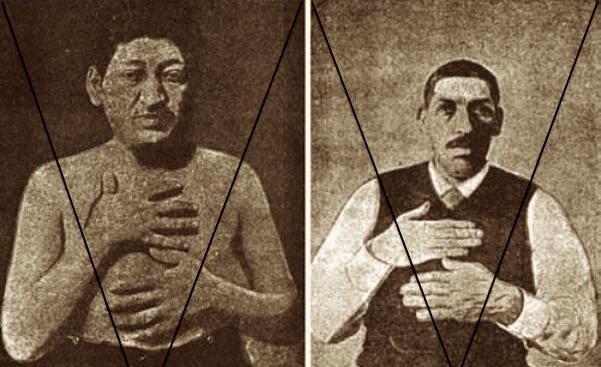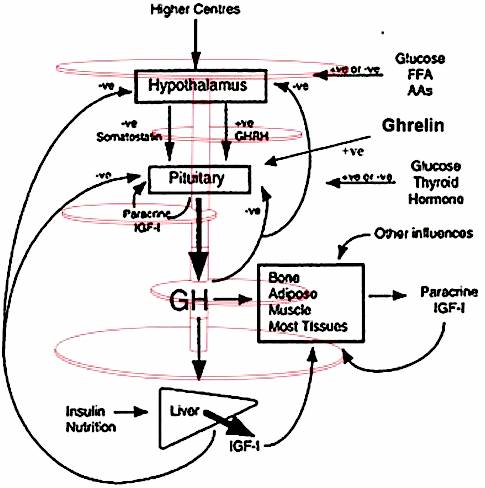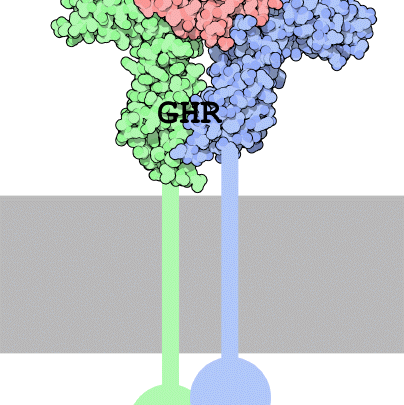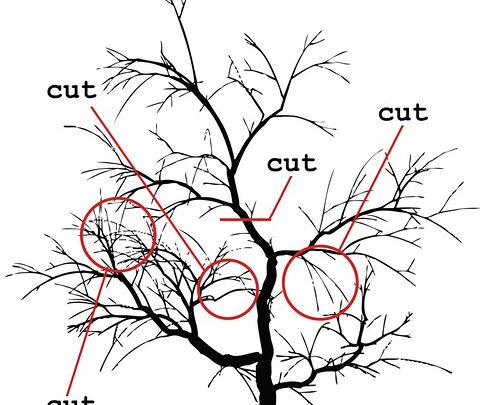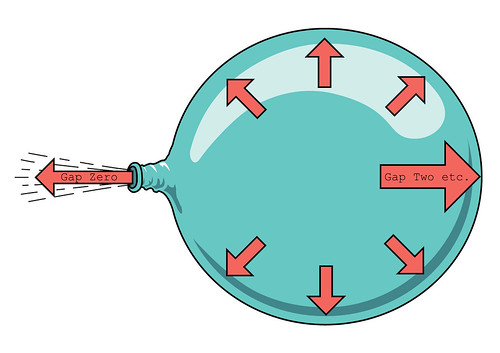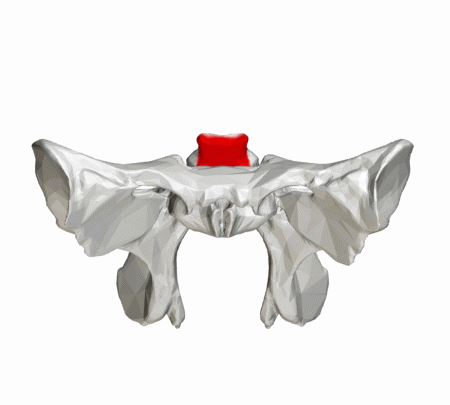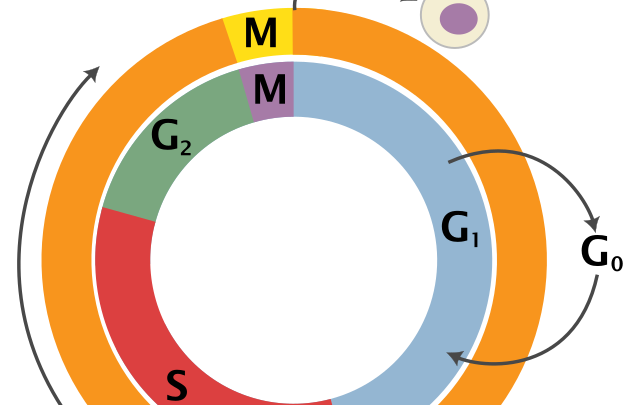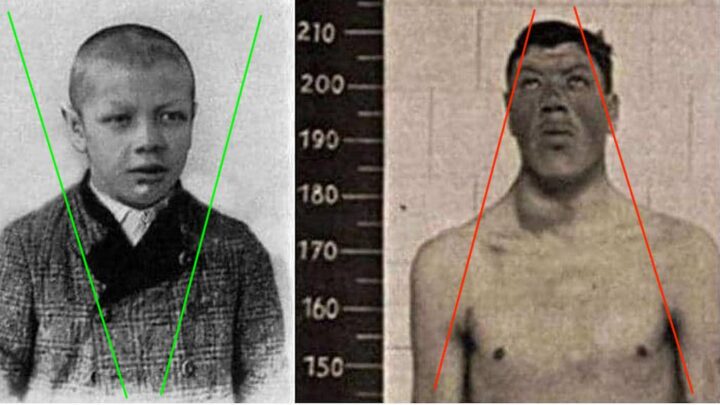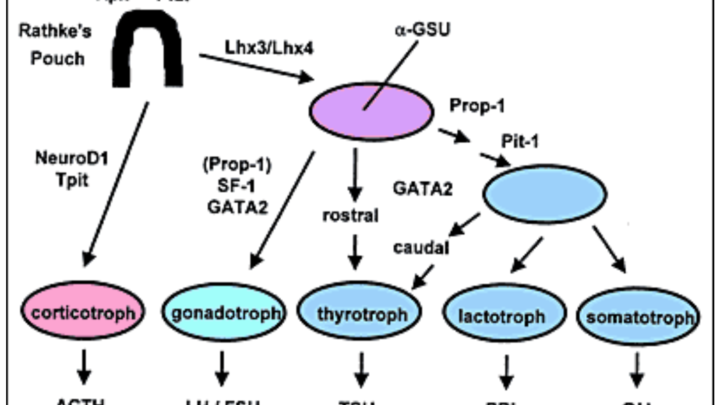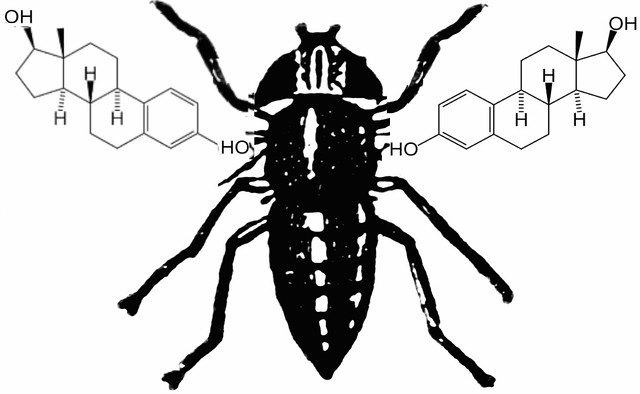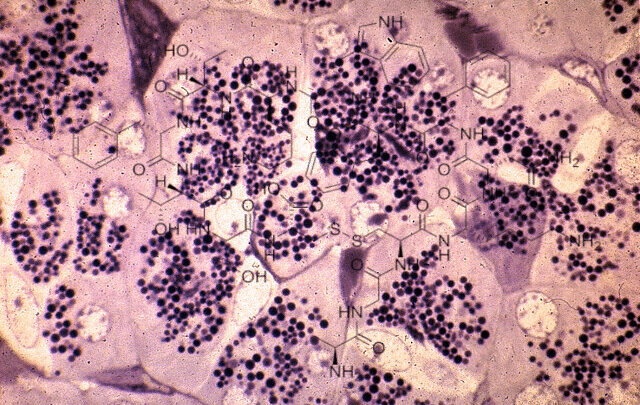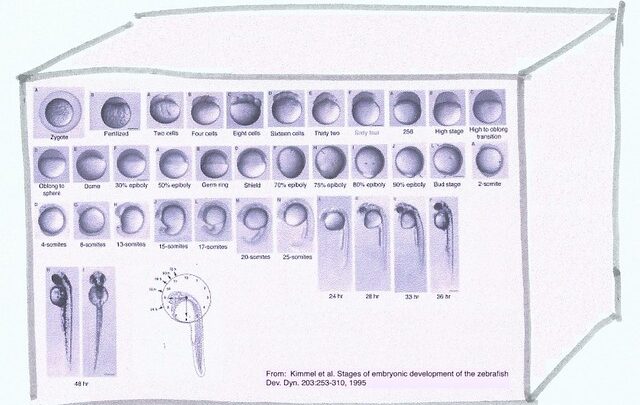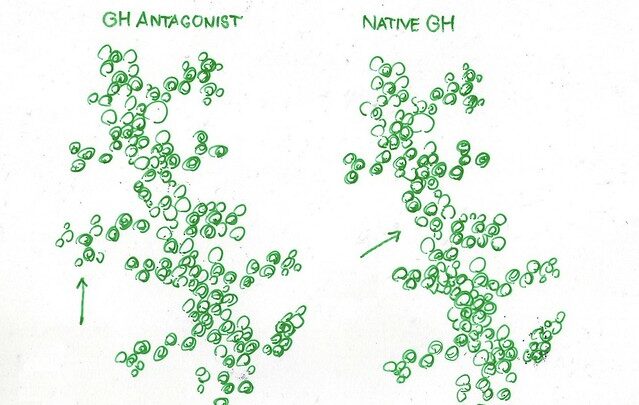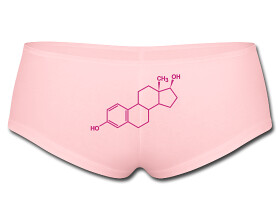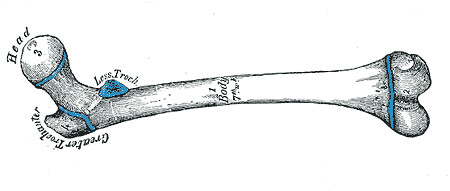Category: Endocrinology
The Growth Hormone Jungle
April 29, 2018Growth hormone is a peptide hormone that stimulates growth, cell reproduction and cell regeneration in humans and other animals. As with all hormonal pathways the path concerning the promotion and secretion of growth hormone leads right into a dense entanglement of interrelated secretions of life. If…
HPS Axis Pirouette
March 15, 2018To soften the pressure of the increasingly dominant genetic profiles for greater human height, humanity at some point may opt to interfere in the cell signaling pathways that induce growth. One such pathway, the hypothalamic–pituitary axis, includes the secretion of growth hormone (GH) into the circulation and the subsequent stimulation of insulin-like…
Thumbs Up for Teens.
March 15, 2016Full Length over Exon Deficient
November 14, 2015Pruning
July 25, 2015The Cell Cycle: Gap Zero
May 23, 2015The Turkish Seat
April 20, 2015The Cell Cycle: Détente
April 7, 2015The Curious Case of Adam Rainer
May 10, 2014Pit-1
January 13, 2014Growth Antagonists: Estrogenic Gadfly
October 25, 2013Growth Antagonists: Delta Cells
August 13, 2013Fish Representatives
February 16, 2013In most genetics research, Homo sapiens is represented by small fish like Danio rerio (zebrafish) and Oryzias latipes (Japanese rice fish). Both are important model organisms, representing man in developmental genetics, neurophysiology and biomedicine. When we tinker with genes what happens to the fish is…
This Crowded Earth
November 30, 2012Pegvisomant
November 19, 2012Pegvisomant (tradename Somavert) is a genetically engineered analogue of the human growth hormone (GH) that stops unnaturally vigorous growth in patients with acromegaly. It works as a GH receptor antagonist and blocks or dampens agonist-mediated responses by binding to growth hormone receptors on cell surfaces. Pegvisomant is used…
